glucose
Latest

Abbott is working on ‘biowearables’ to measure glucose, lactate and ketones
The devices will be able to continuously monitor your body's composition and help you take action.
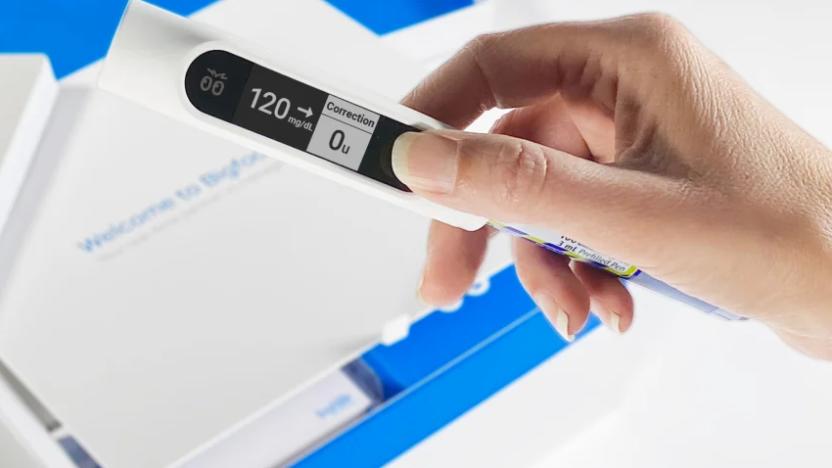
FDA approves the first smart insulin pen cap to help with dosing
Bigfoot Unity works with Abbott's FreeStyle Libre 2 glucose monitoring system.
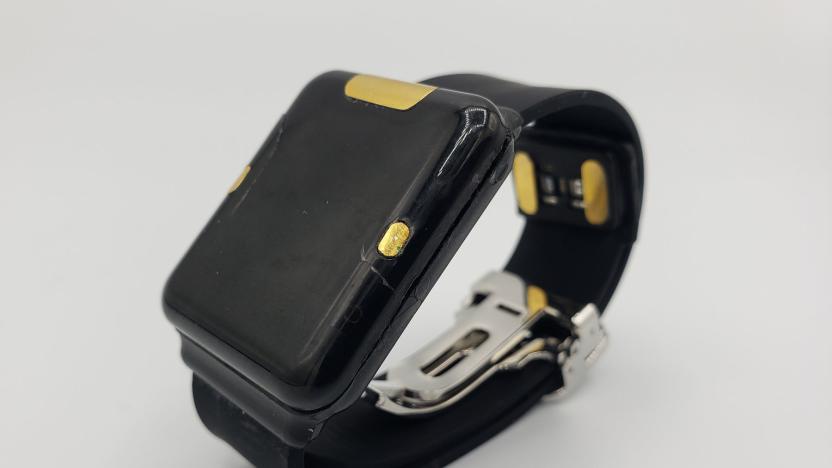
Startup claims its new wearable can monitor blood sugar without needles
It's an outrageous claim, but a huge one if true.
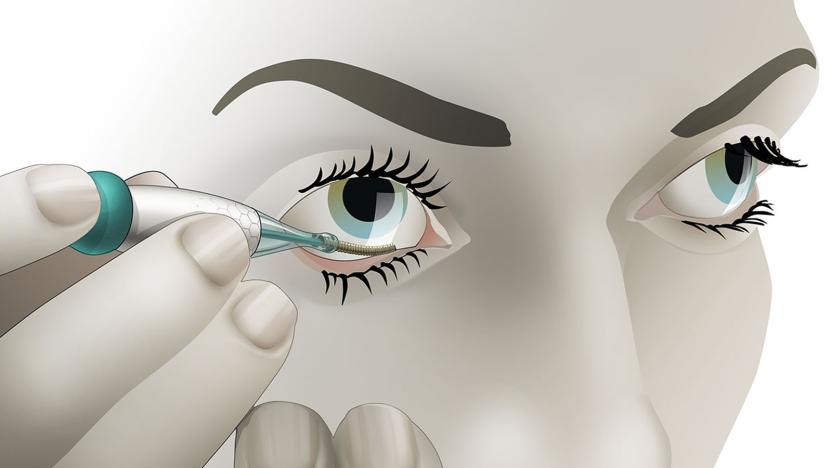
Eyelid glucose sensor might pick up where Verily left off
Just because Alphabet's Verily shelved its glucose-monitoring contact lens doesn't mean you're stuck without an unintrusive way to manage diabetes. IEEE Spectrum has discovered a recent study that shows promise for Dutch startup Noviosense's own wearable glucose monitor, which measures tears by sitting in your lower eyelid. The spring-like coil was accurate enough that 95 percent of its data was either as good as blood or close enough to be acceptable. For contrast, previous studies suggested that tears might only have a 70 percent correlation at best.
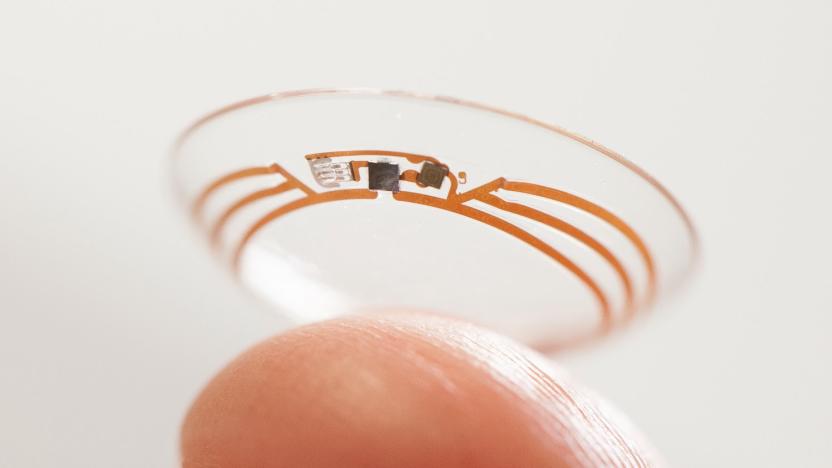
Verily shelves its glucose-monitoring contact lens project
In 2014, Verily, Alphabet's life sciences subsidiary, teamed up with Alcon to develop a contact lens that could measure glucose levels in tears. The idea being that diabetics would have an easier, less invasive way of keeping track of their glucose levels. But the companies have now decided to shelve that project, as their work has shown that it's actually quite difficult to obtain consistently accurate measurements of glucose from tears.
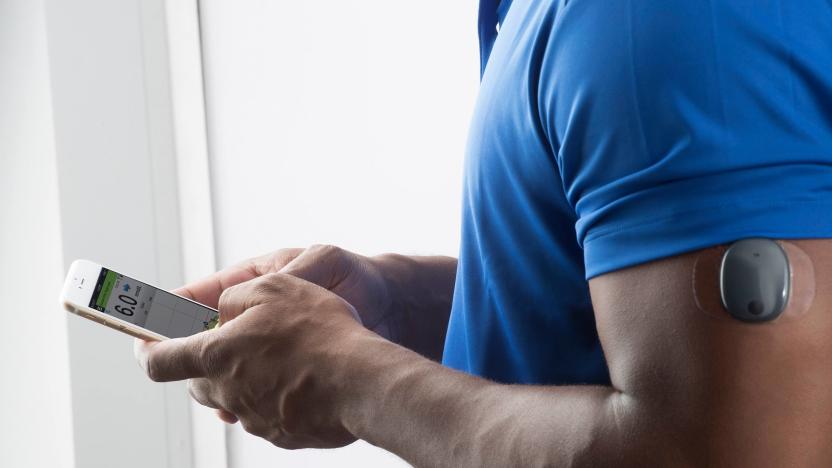
FDA approves implantable glucose monitor that lasts for 90 days
A year ago, the FDA implemented new, streamlined regulations for digital devices. One of them is a continuous glucose-monitoring (CGM) system the FDA just approved that sends data from an implantable sensor to a paired mobile app, letting patients see their levels on their smart device. Once it's inserted by a medical professional, it can stay in the body for up to 90 days, which is far longer than comparable external sensors that typically must be swapped out around the ten-day mark. It's the first implantable CGM approved by the agency.
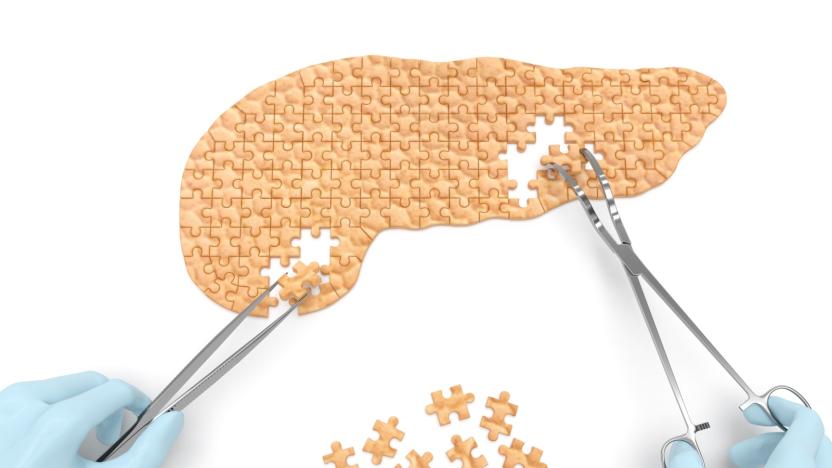
Artificial pancreas uses your phone to counter diabetes
If you live with type 1 diabetes, you have to constantly keep track of your blood sugar levels and give yourself just the right amount of insulin. It's arduous, and more than a little frightening when you know that the wrong dose could have serious consequences. However, researchers might have a way to let diabetics focus on their everyday lives instead of pumps and needles. They've successfully trialed an artificial pancreas system that uses an algorithm on a smartphone to automatically deliver appropriate levels of insulin. The mobile software tells the 'organ' (really an insulin pump and glucose monitor) to regulate glucose levels based on criteria like activity, meals and sleep, and it refines its insulin control over time by learning from daily cycles. Effectively, it's trying to behave more like the pancreas of a person without diabetes.
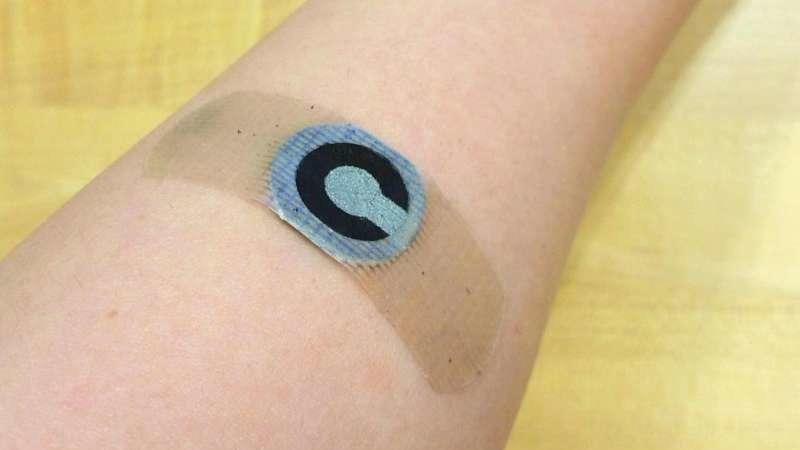
Self-powered patch monitors glucose levels during exercise
Diabetics could soon have an effective, non-invasive way to measure glucose levels during exercise, thanks to a patch designed by researchers at the State University of New York. The paper-based patch sticks directly onto the skin like a Band-Aid, and wicks sweat into a reservoir where it's converted into electrical energy, powering a biosensor that monitors glucose without the need for external power.

A future Apple Watch could be essential for diabetics
Apple is quietly developing a sensor that can monitor a person's blood sugar levels continuously and non-invasively. If successful, the technology will be integrated into a future version of the Apple Watch to help people with diabetes manage their condition. At least, that's the scuttlebutt being slung around by CNBC, which claims the project was set up by Steve Jobs before his death.

This wearable uses tiny needles to analyze glucose levels
There are a lot of things that suck about being diabetic. At the top of the list is having to prick your finger several times per day to check your glucose level. Yes, I'm speaking from experience. Continuous glucose monitors that constantly beam stats to your phone via Bluetooth are already on the market, and the FDA recently approved the first automated insulin system for Type 1 diabetics. However, biomedical company PKvitality has a different solution. And it's one that you wear on your wrist.
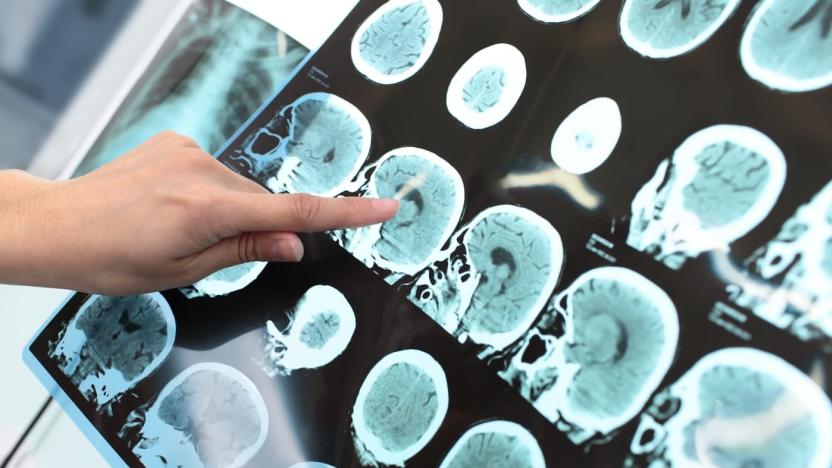
Brain glucose levels can predict someone waking from a coma
Watching a loved one exist in a vegetative state can be absolutely heartbreaking, but there isn't a lot that can be done aside from waiting to see if they'll come out of it. A big problem is that doctors have a hard time discerning between patients in an unresponsive wakeful state (eyes open but their bodies physically unresponsive) and those who are in a minimally conscious state and sometimes respond to stimulus, as Stat writes. People suffering from the latter are more likely to regain consciousness. However, new research from Cornell University hopes to identify which patients might exit their unresponsive state and wake up.

FDA details 2013 meeting with Apple
Several Apple watchers are suggesting that the company's next product will be a wearable. When it was revealed a few months ago that a group of senior Apple executives -- including Bud Tribble and Jeff Williams -- had met with FDA officials in December 2013, their beliefs were reinforced further. Typically, what happens in a closed Apple meeting remains forever secret. But with the FDA involved, there's only so much Apple can keep hidden away. The folks at Apple Toolbox filed a freedom of information (FOI) request seeking specific details regarding the topics discussed and the overall framework of the meeting. Three months later, Apple Toolbox received a response from the FDA detailing the major talking points of the discussion. Of particular interest is a tidbit regarding Apple's interest in sensor technologies. Apple sees mobile technology platforms as an opportunity for people to learn more about themselves. With the potential for more sensors on mobile devices, Apple believes there is the opportunity to do more with devices, and that there may be a moral obligation to do more. Sensors already exist on medical devices. For instance, Apple's devices have cameras and accelerometers. There is still an opportunity to innovate, but Apple wants to make sure they are on the side of the FDA. It's worth pointing out that over the past 18-24 months, Apple has hired a deep team of folks with considerable biometric and sensor technology expertise. The response furnished to Apple Toolbox further lays out a dialogue between the FDA and Apple concerning how the FDA would regulate sensor technologies. The FDA, in this regard, articulates that sensors that merely measure particular data points may not be subject to such regulation. The rules quickly change, however, when sensors are employed not just to inform but to provide diagnostic information. In other words, the underlying use of a particular sensor is what ultimately matters. Using the glucometer example, the glucometer may be unregulated if the intent is for a user to follow their blood sugar for the purposes of better nutrition. If the glucometer is marketed for diabetics, however, it would more likely be regulated as a medical device. FDA looks at how devices are actually used. If the manufacturer advertises the device for an unapproved use of FDA sees a lot of off-label use that is potentially dangerous, FDA may regulate after the fact. Today there are third party peripherals for iOS capable of measuring a user's glucose levels. One shouldn't infer that the mere mention of a glucometer at the FDA meeting means Apple will introduce similar technology. Some have suggested that an "iWatch" could measure a user's gluclose levels, but that's highly unlikely. Such functionality would be a technological and medical breakthrough of the highest order. Non-invasive continuous glucose monitoring (CGM) remains a nut that numerous biotech companies have never been able to crack. To expect such functionality from a first-generation Apple product is ludicrous. Indeed, I've heard from an in-the-know source that Apple at one point (pre-2013) hired a few non-invasive glucose monitoring experts only to let them go upon discovering just how monumentally challenging the problem is. In any event, Apple's meeting with the FDA suggests that Apple is interested in sensor technologies. Coupled with the recent rollout of HealthKit, the Health app, various finds within the iOS 8 SDK, and not to mention Eddy Cue's statements regarding Apple's 2014 product line, this fall might be Apple's most interesting product rollout in quite a while.

Sony demos paper-fueled battery; Paper Mario runs for life
Remember Sony's sugar high from a few years back? Sony has been trying to get electric results from glucose-based batteries for some time. But with the competition showing off cool concepts like Coke-powered phones, Sony's Bio Battery program brought its latest development to Eco-Products 2011 in Tokyo. This info just might be worth the paper it's printed on because, well, the battery runs on paper. By using the enzyme cellulase, the device can break down the glucose from cellulose-rich paper or cardboard, which generates enough energy to run a small fan. It's not quite ready for prime time, but given the potential of easily turning junk mail into electricity at a more portable scale, this is certainly worth a continued look.

Glucose sensor skin implant glows when blood sugar spikes
Checking blood glucose levels used to mean a finger prick and a test-strip, but researchers at the University of Tokyo are offering a different approach: a glowing skin implant. After being injected with the 1 mm wide filament, it monitors your blood sugar by glowing when your level changes. Based on existing glowing glucose sensor technology, this hydrogel fiber is considered more accurate and stable than its predecessors, plus it requires no oxygen to function. So far, it's worked in mice for up to 140 days. Note to future human patients: don't eat a candy bar before you go to bed unless you want your arm looking like a nightlight.

Fluorescent nanosensor tattoo monitors glucose under the iPhone's glare
Unless you're a True Blood diehard, the idea of bleeding yourself intentionally shouldn't really seem all that appealing. So imagine how most diabetics feel when they're forced to prick their fingers seven times a day in the name of health. Well, soon they might not have to thanks to a nanosensor tattoo and... an iPhone? Developed by Prof. Heather Clark and her Northeastern University team, this injection of subdermal nanoparticles combines "fluorescent dye, specialized sensor molecules...and a charge-neutralizing molecule" that attach to glucose, releasing ions and altering the tat's glow in the process. The researchers had originally designed a "large boxlike" tattoo-reading device, but an apparent Apple fanboy on the team modded an iPhone case with LEDs and a filter lens to make the whole affair a bit more stylish. Next up for the team is, you guessed it, an app for that -- although this one'll focus on sodium.

First biofuel cell successfully implanted into living creature, living creature to be implanted into The Matrix
While miscreants are harvesting organs from unsuspecting tourists, researchers are busy harvesting energy from the human body. One promising tech that could power future generations of implanted medical devices is the Glucose BioFuel Cell (GBFC). In fact, a team of researchers have created the first known GBFC to function inside a living body -- 11 days inside "Ricky" the lab rat's peritoneum, to be exact. The small device produced 2 microwatts of power over several hours, achieving a peak energy density of 24.4 microwatts per milliliter. The study concludes that a larger GBFC could be used to power a standard pacemaker (requiring ten microwatts of sustained power) yet still be smaller than the batteries in use today. Co-author Serge Cosnier of the Université Joseph Fourier says that an improved GBFC could even power biosensors like the ones proposed for insulin pumps. Until that day arrives, click through for the before- and, um, organic after-implant pics. The fact that the rat's body had coated the GBFC device with tissue and newly grown blood vessels is proof that the body had accepted it for glucose and oxygen processing. P.S. That's the Engadget Lolrat, not Ricky, pictured above. Ricky was apparently unharmed... this time.

Bayer Didget blood glucose monitoring system does double-duty as a DS game
Until we reach the time when tattoos make checking blood glucose levels cool, we're going to need another way to keep kids with diabetes healthy. And hey, kids love videogames, right? Bayer's Didget is based on the company's Contour glucose meter, but instead of connecting by USB it's shaped like a Game Boy cartridge, enabling it to slot into a Nintendo DS or DS Lite. When kids upload their scores to a custom game (the less than thrilling sounding Knock 'Em Downs: World Fair) they'll unlock new characters and items, but there's one fatal flaw in this plan: the system necessarily isn't compatible with the DSi (or its XL brother) and we're guessing the big cartridge slot isn't due for a comeback in the 3DS. In other words, this meter is on a fast-track to obsolescence.

Researchers receive grant to develop color-changing contacts for diabetics
Contact lenses that act as a glucose monitoring system for diabetics aren't exactly a new idea, but it looks like a group of researchers from the University of Western Ontario might be a bit closer to making them a reality, as they've now received a $200,000+ grant from the Canada Foundation for Innovation to further develop the technology. The secret to their contacts are some "extremely small" nanoparticles that are embedded in the hydrogel lenses which, like some similar systems (such as those pictured at right), react to the glucose molecules in tears and cause a chemical reaction that changes the color of the lenses -- thereby informing the wearer when their blood sugar is too low or too high. What's more, the reseachers say the same basic idea could also have a wide range of other applications beyond glucose monitoring -- for instance, being used in food packaging to indicate if the food is spoiled or contaminated. [Thanks, Yuka]

Bayer introduces Contour USB glucose meter
We may not yet have nanosensors or high-tech contact lenses to monitor glucose levels, but there are still plenty of gadgets out there to help diabetics, and Bayer has now introduced another first with its new Contour USB glucose meter. While it doesn't go quite so far as to provide continuous, wireless monitoring like some similar concepts we've seen, it will accept test strips like any other glucose meter, and do plenty of things those others can't -- like store up to 2,000 readings on the stick itself, display the results right on the stick's color display, and sync up with your Mac or PC for more detailed logs and additional information. No firm word on an actual release date just yet, but Bayer says it will be available in the U.S. "soon."[Via Everything USB]

Tattoo-like nanosensor could monitor glucose levels, enhance your cool factor
Make no mistake, there are quite a few sophisticated ways to monitor one's glucose levels, but we're pretty certain we've never seen an approach as simple and as bodacious as this. Massachusetts-based Draper Laboratories has stumbled upon a new embeddable nanosensor that could, at least in theory, eliminate those painful pricks endured today by so many diabetics. The so-called "injectable nanotech ink" could be inserted under the skin much like a tattoo, though Draper's Heather Clark notes that it "doesn't have to be a large, over-the-shoulder kind of tattoo." In fact, it can be as small as a few millimeters in size, though if it were us, we'd use it as the perfect excuse in order to plaster our backs with Ice Climbers. Testing of the new approach is expected to begin very soon, though that usually means it won't be ready for humans until at least a few years later. Ah well, plenty of time to dream up the perfect design, right?[Via medGadget]














